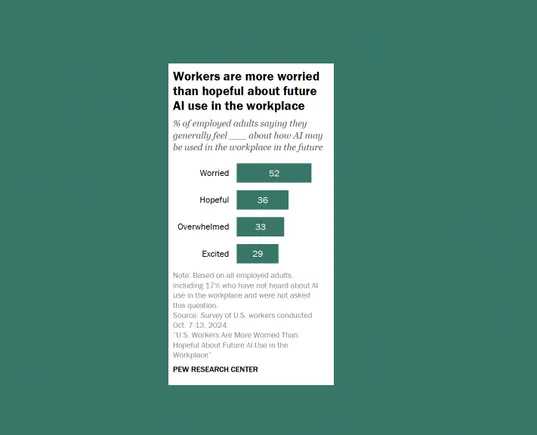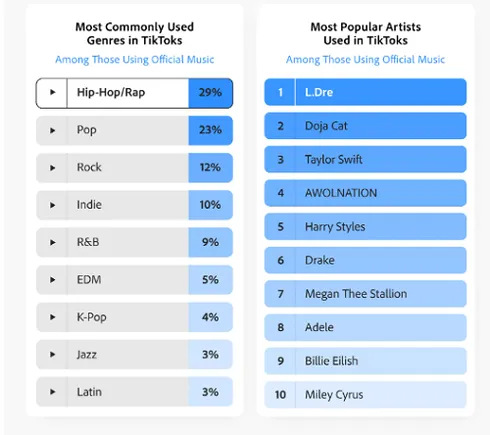The post-pandemic transformations have reshaped the world by accelerating digitization tendencies. All economic sectors are compelled to implement cutting-edge technologies to update their antiquated company methods.
Numerous businesses have adopted cutting-edge recognition technologies, such as facial recognition, in response to the pandemic to reinforce societal segregation during that period.
Image Recognition is one such technology that has gained traction and has become one of the most significant technologies being created right now because it will help us tackle many issues we have, like improving healthcare by more accurately diagnosing diseases like cancer or spotting fraud by looking at photographs of banknotes.
In this blog, let’s explore more about the working and importance of technology and how its applications are helpful for our future.
Understanding Image Recognition Technology
Images can help humans easily discern between locations, items, and people, but computers have historically had trouble doing the same. We now have specialized software and programs to understand visual data because of the new image recognition technology.
Deep learning is used to carry out tasks like image processing, image classification, object recognition, object segmentation, image coloring, picture/image reconstruction, and image synthesis in the broad field of computer vision. When automating tasks that the human visual system can perform, computers or other devices are built to reach a high level of understanding from digital images or video as input.
In contrast, picture recognition is a branch of computer vision that analyses images to support judgment. One of the most crucial tasks in computer vision is picture recognition, which comes after image processing.
You may occasionally hear phrases like “Computer Vision” or “Image Recognition.” These phrases are interchangeable. But, technically there is a subtle difference between them.
Working Of Image Recognition Technology
Image recognition is made feasible by image recognition algorithms. Here, acquiring and organizing the data is the first stage. Classifying each image and identifying its physical qualities is the process of managing data. Computers interpret images as either vector or raster images, unlike humans. The computer then evaluates the constructs representing the image’s objects and features.
As a result, proper data organization and collection are crucial for training the image recognition model. If the data quality is compromised at this point, it won’t be able to spot patterns later on.
Creating a predictive model is the second phase in the image recognition process. The classification algorithm must be thoroughly trained to perform its intended role. Image recognition systems use deep learning datasets to identify patterns in photos. Hundreds of thousands of annotated photos make up these datasets.
The system searches through these datasets and discovers what an object’s picture looks like. Once everything has been completed and tested, you can use the image recognition feature.
The Future of Image Recognition Technology
Since image recognition software has been used in a variety of intriguing and even unconventional ways recently, we decided to examine how it is used in many businesses today. Image recognition is one technology that has been steadily gaining popularity for some time.
The following are a few of the future applications of image recognition technology:
- Improving Augmented Reality Game And Application Development
As augmented reality and image recognition technology work together to provide gamers with a more realistic experience, the gaming industry has begun to use them to their advantage. Augmented reality has given “daydreaming with your eye open” an entirely new perspective. It is still relatively new and exciting, but it is developing quickly.
Of course, developers profit immensely since they can use picture recognition to make characters and surroundings for games that are as realistic as possible.
Image recognition helps various non-gaming augmented reality applications, such as CrowdOptics and Blippar, which use Augmented Reality advertising and crowd behavior monitoring.
- Optimizing Medical Imagery
Since we live in an increasingly Image-centric era, photos, photographs, and video are preferred. The medical sector isn’t far behind, with 90% of their medical data made up of medical images, making them their primary source of data for the healthcare industry.
By connecting one dot to another, the smart picture recognition system will train these medical photos, revolutionizing the art of diagnosis and facilitating the early detection of severe diseases like cancer.
John Smith, senior manager for intelligent information systems at IBM Research, stated that one of the promising automated image processing applications is the identification of melanoma, a type of cancer.
- Assisting the Educational System
What use is technology if it cannot address the many issues people face today? Image recognition technology significantly impacts education by making it possible for students with learning impairments to record their knowledge.
For instance, text-to-speech capabilities are available in computer vision-based programs, which considerably helps dyslexic or visually challenged students read the content.
The benefits of image recognition technology to students are not limited to this. Additionally, it aids in removing restrictions associated with conventional teaching methods and provides instructors with cutting-edge educational resources.
- Boosting Driverless Vehicle Technology
Yes, as multiple examples of self-driving car crash occurred, the technology for a nearly faultless smooth ride in an autonomous vehicle is still under development. But there’s no denying that this is how the auto business will develop.
One of the essential elements powering self-driving technology, including the improvement of safety measures, is computer vision. Items on the highways, such as other cars, sharp curves, people, paths, and moving objects, are also identified using AI.
Many businesses actively incorporate AI, ML, computer vision, and image recognition to commercialize driverless cars.
In particular, image recognition technology makes it possible to anticipate speed, the motion of other moving objects, and position. Researchers are close to developing AI that would enable cars to see in the dark because image recognition supported by AI and ML, in a nutshell, is giving inanimate technology a pair of eyes.
- Providing Machines With a Vision
As was already said, image recognition software enables machines to recognize objects, further interpret and evaluate them, and then make judgments based on their visual inputs.
In addition to the above-mentioned applications, IR has been integrated into crucial industrial and manufacturing processes, opening the door to a flawless global production process. What’s more, without human aid, machines can already detect flaws in the manufacturing structure thanks to technologies that can intelligently interpret visual inputs.
AI, of course, follows closely after, working to gather crucial data by figuring out the behavior on its own. The entire IR ecosystem ensures risk minimization and dependable, error-free production methods.
- Predicting Consumer Behavior
Of course, the valuable applications of picture recognition would help brand advertising, ad targeting, and enhancing customer service. Through IR, they can target customers’ uploaded photos to learn more about their preferences and purchasing habits.
Thus, the brand’s targeting efforts will become more efficient and effective. Since they will have the necessary information, they may target pertinent audiences and strategically put their adverts.
The only other useful IR use case after medical imaging is this one. Social media has already improved the advertising world, and now that image recognition technology is available, users and brands will be assisted more precisely.
- Improvement of Iris Recognition
With image recognition technology that recognizes the distinctive patterns in the iris, iris recognition has significantly improved. Biometric identification is one of iris recognition’s most significant and crucial uses.
The use of this technology in premium flagship smartphones, such as the Windows Lumia 950, Samsung Galaxy Note 7, and Galaxy S8, is inventive.
Unfortunately, iris recognition did not ensure the security of cell phones. Nevertheless, numerous new, impending technologies that rely on iris identification have been visualized due to this in-development technology.
These were a few of the futuristic applications of image recognition; by the end of 2023, there will be better and more advanced technology ready to be implemented into brand-new fields of technological advancement.
Conclusion
Image recognition technology, more than just detecting images, has many other advantages. Many people are only now starting to understand its possibilities. Today, it may be used to recognize various information sources, including voice recordings, text messages, and other media types, in addition to images.




































































